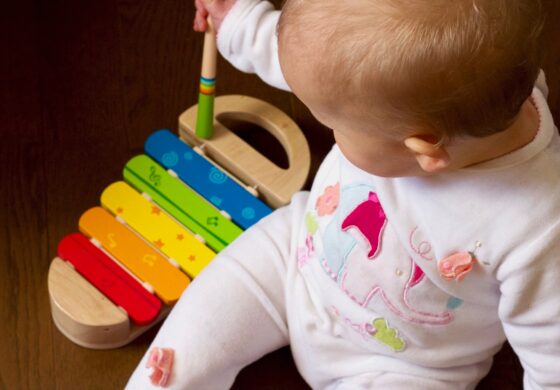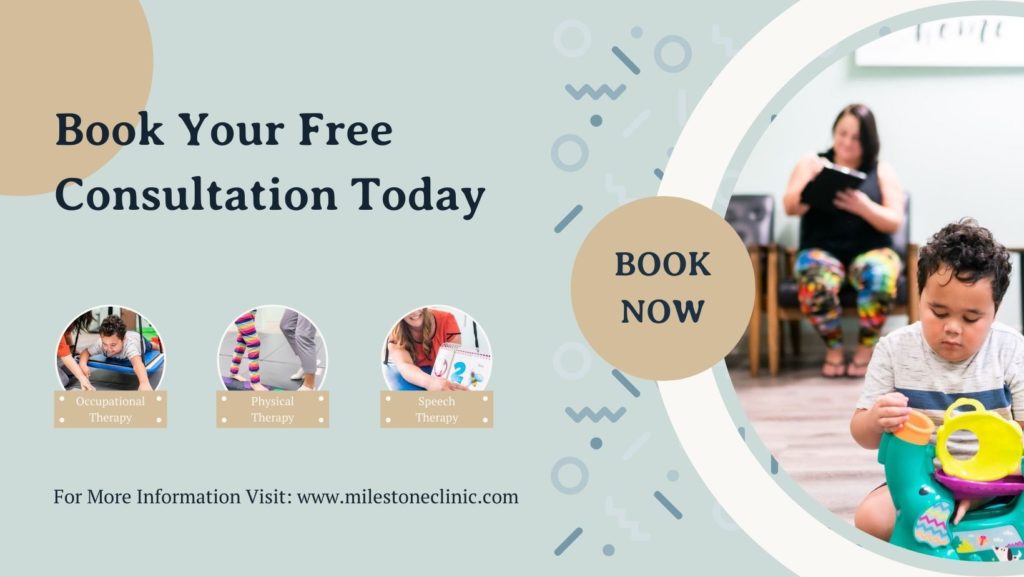Learning to sit is a vital skill for babies to learn. It provides them the opportunity to explore their surroundings, interact with others, and makes meal times easier. It opens up a whole new world for these babies.
Let’s start with discussing a few of the key aspects of sitting before we dive into how to encourage sitting.
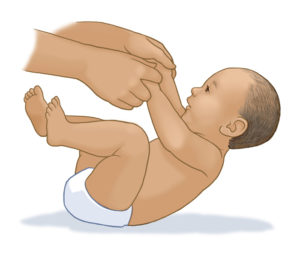
Begin With Building Core Strength For Independent Sitting
Core strength plays an important role in all aspects of a child’s development. For babies to sit independently they need to have a strong core that is able to hole their body upright.
Here are a couple ways to help build your baby’s core strength:
- Playing with Their Feet: a sign your baby is showing improved core strength is by the ability to play with their feet. This development skill typically develops around 4-5 months. It’s an activity that allows your baby to explore their surroundings due to the many tactile receptors located in the mouth, provides body awareness, encourages hamstring stretching, and helps with rolling.
- Pulling to Sit: focuses on head control and core strength. When performing pull to sit with your baby, look for a chin tuck and the use of the core muscles to help with activity. If your baby needs more support place hands at shoulder blades. Another option would be to start in sitting and slowly lower your baby down to their back.
Continue To Improve Sitting Skills with Improving Balance
Sitting balance is another key to achieving the skill of independent sitting. Prerequisites to sitting independently require us to learn righting responses and protective reactions.
- Righting Response: the ability of our body to move back to midline to keep our balance
- Help to regain our balance after we trip
- Maintain balance while on a moving bus or boat
- Protective Response: a reaction that prevents injury from happening if our body is unable to restore our balance
- Blinking when something flies towards our eye
- Raising an arm if a ball is thrown our way
To sit independently, babies need to learn righting responses and protective reactions. Establishing righting reactions babies first must develop head control. Next is developing trunk control. Once head and trunk control is established babies become stronger and faster at reacting to outside stimuli that may cause them to become off balance.
In sitting, protective reactions include reaching out an arm or hand to support themselves from falling over. These protective reactions prevent falling forward, side to side, and/or backwards.
Now that we have shared a few skills to work on, let’s chat how you can incorporate this into every day living and encourage your baby to sit independently.
ꜱᴜᴘᴘᴏʀᴛᴇᴅ ꜱɪᴛᴛɪɴɢ
- To support your child in sitting, place your hands at their trunk.
- To provide more support, place your hands higher up on their trunk.
- To provide less support, place your hands lower towards their hips.
Initially, when you baby is learning to sit, providing more support is needed. However, providing less support will encourage your baby to activate and strengthen their core muscles and stability in sitting, allowing them to learn to sit on their own.
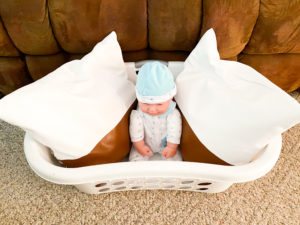
- Use a boppy pillow to help support your baby in a sitting position.
- Placed in front: position your baby in a sitting position with the boppy pillow in front, wrapped around their waist.
- Have your baby prop forward with outstretched arms to support themselves.
- Encourage them with their favorite toys in front of them.
- Placed in back: position your baby in a sitting position with the boppy pillow in back, wrapped around their waist.
- The boppy will provide support to assist your baby from falling backward.
- Place toys in front of your baby to promote reaching and engaging with their surroundings.
- Placed in front: position your baby in a sitting position with the boppy pillow in front, wrapped around their waist.
- Use a laundry basket to keep baby from falling over.
- Place your baby in a laundry basket, this provides support on all four sides.
- If your baby needs a little extra support place pillows on either side of them.
ᴘᴇʀᴄʜ ᴘʟᴀʏ
- Sitting on the edge of a table or chair with feet hanging off.
- Encourages strengthening trunk and core muscles
ᴘʟᴀɴᴋ ᴘʟᴀʏ
- Placing weight through forearms or hands to aid in stretching hip flexors
- Position your baby on their tummy, on a boppy pillow or regular pillow, with hands on the floor
- Position baby to sit at a vertical surface while reaching up to interact with toys
We’ve talked about the key skills to encourage independent sitting and how to incorporate them. Let’s move on to the various sitting positions you can try with your baby. Each of the following sitting positions have a unique way of assisting a baby in their development.
ʀɪɴɢ ꜱɪᴛ
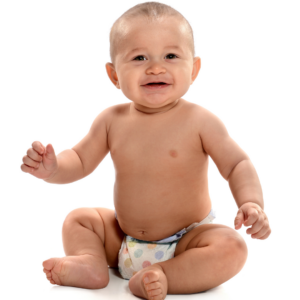
Develops trunk rotation
Build core muscle strength
Explore environment in upright position
ꜱɪᴅᴇ ꜱɪᴛ
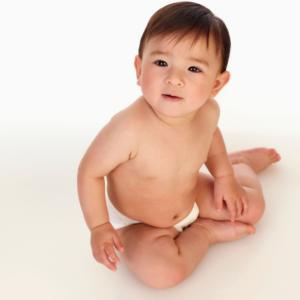
aka “Letter Z” or Legs to the Side
Promotes upper extremity weight bearing
Allows for ease of transitioning in and out of various positions
ᴋɴᴇᴇʟɪɴɢ
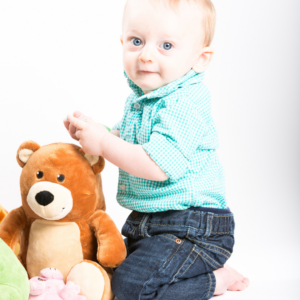
Strengthens core and trunk muscles
Promotes better pelvis and spinal alignment
Allows for posture control
ᴛᴀɪʟᴏʀ ꜱɪᴛ

aka “criss-cross applesauce” or “pretzel pose”
Allows for more optimal positioning on the hip joints
Allows for cross body movements
Improves postural control and balance reactions
Promotes transitioning in and out of various positions
ꜱʜᴏʀᴛ ꜱɪᴛ
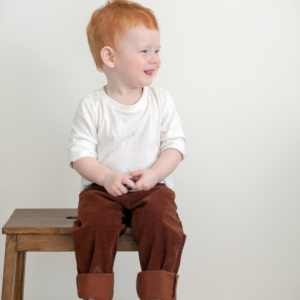
Develop sitting posture endurance
ʟᴏɴɢ ꜱɪᴛ
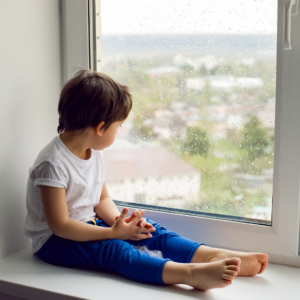
aka “Letter L” or Legs in Front
Activates core and trunk muscles
Increased trunk rotation
Allows for a hamstring stretch
You’ve got the specific skills to work on, how to incorporate those in encouraging sitting for your baby, and the different sitting positions. We know baby development can be overwhelming at times. You’ve got this! And we are cheering you on.
If you are needing more support we are here for you and want to help. Schedule a free physical therapy consultation today!
